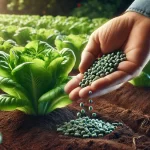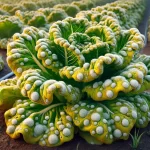Growing lettuce is an excellent way to obtain fresh and healthy vegetables, whether you are a hobbyist gardener or a professional. This comprehensive guide provides technical strategies, plant nutrition tips, and cultivation practices that ensure successful production. Through hierarchical and detailed information, you will learn how to grow lettuce from planting to harvest, optimizing each step to maximize yield and quality.
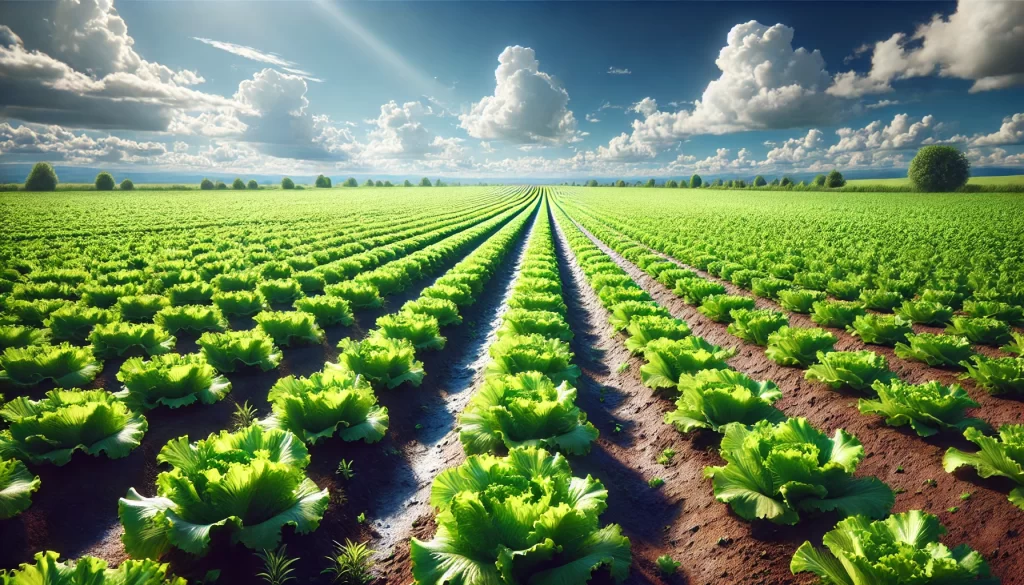
Soil Preparation and Variety Selection
Choosing the Right Variety
There are numerous lettuce varieties, each with specific characteristics. It is important to choose varieties suited to your climate and cultivation needs:
- Leaf Lettuce: Cold-tolerant, ideal for temperate climates.
- Romaine Lettuce: Requires a warm climate and has higher fiber content.
- Butterhead Lettuce: Soft and delicate, perfect for fresh salads.
When selecting varieties, consider their resistance to pests, diseases, and their maturation time.
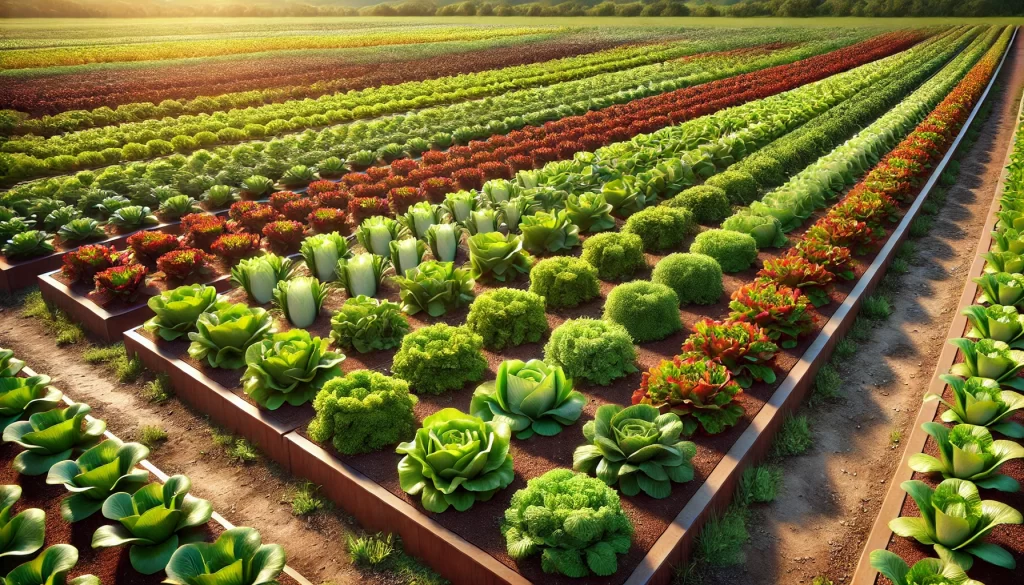
Soil Preparation
Well-prepared soil is vital for healthy crops:
- Soil Analysis: Conduct tests to adjust pH between 6.0 and 7.0 and verify the presence of essential nutrients.
- Amendments: Add compost or well-decomposed manure to improve soil fertility and structure.
- Drainage: Ensure good drainage to prevent waterlogging that can cause root diseases.

Planting and Germination Techniques
Planting Methods
Lettuce can be sown directly in the soil or started in seedbeds:
- Direct Sowing: Ideal for open spaces and short-season crops.
- Seedbeds: Use trays or small containers to germinate seeds and transplant when they have 3-4 true leaves.
Germination Conditions
- Temperature: Maintain a temperature between 15°C and 20°C for optimal germination.
- Light: Lettuce requires indirect light during germination, avoiding direct exposure to intense sunlight.
Crop Management and Maintenance
Irrigation and Fertilization
Lettuce requires uniform and consistent watering for optimal growth:
- Watering Frequency: Ensure the soil is moist but not waterlogged; drip irrigation is ideal.
- Fertilization: Apply nitrogen-rich fertilizers for lush leaf growth. A balanced fertilization plan should be reviewed periodically through soil and foliar analysis.
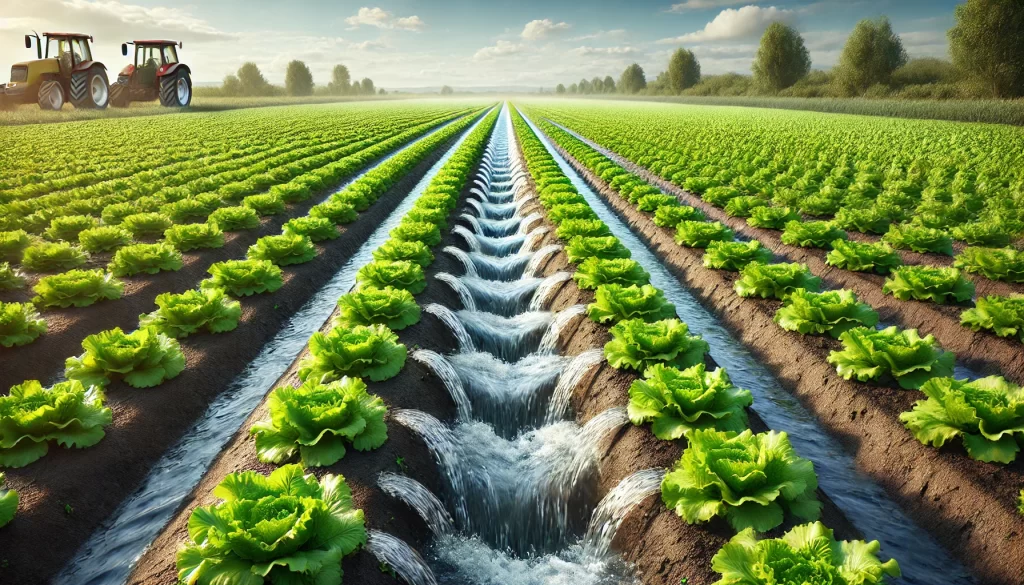
| Nutrient | Function in Lettuce | Recommended Dose |
|---|---|---|
| Nitrogen (N) | Promotes leaf growth | 100-150 kg/ha/year |
| Phosphorus (P) | Root development and energy | 40-60 kg/ha/year |
| Potassium (K) | Enhances resistance and flavor | 80-120 kg/ha/year |
Pest and Disease Control
Preventive control is essential:
- Aphids and Slugs: Use natural insecticides like potassium soap and traps for slugs.
- Downy Mildew and Powdery Mildew: Apply appropriate fungicides and improve air circulation around plants.
Integrated Pest Management (IPM) combines cultural, biological, and chemical measures, reducing pesticide use and maintaining ecological balance.
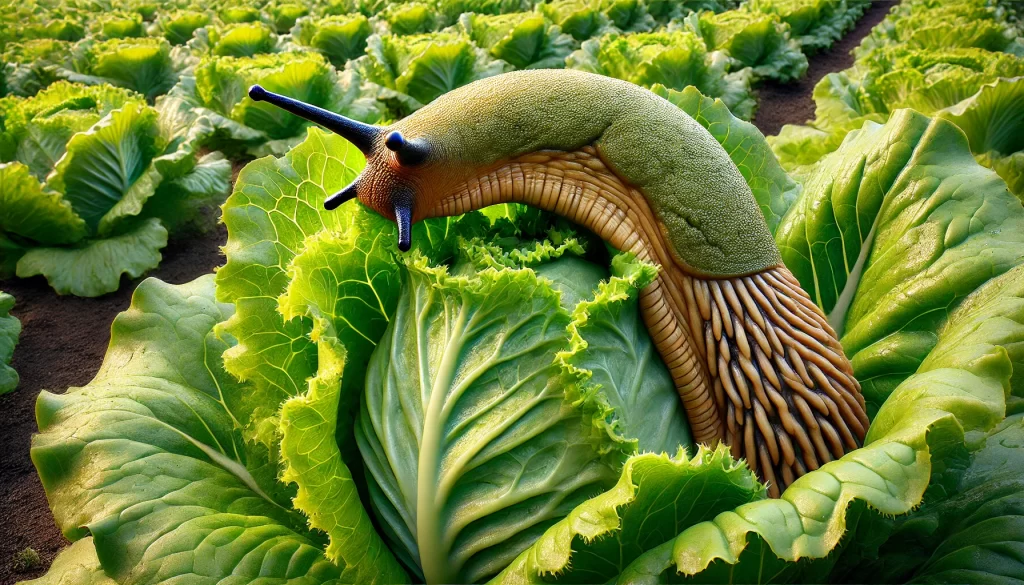
Lettuce Harvesting
Harvest Timing
Lettuce should be harvested when the leaves are tender and firm:
- Early Harvest: Allows for milder flavor and crisp texture.
- Full Harvest: For fast-growing varieties, harvest before leaves turn bitter.
Harvesting Techniques
- Cutting with Knife or Scissors: Avoid damaging the mother plant to allow regrowth if it is a perennial lettuce.
- Post-Harvest Handling: Gently wash and dry the leaves before refrigerating to prolong freshness.
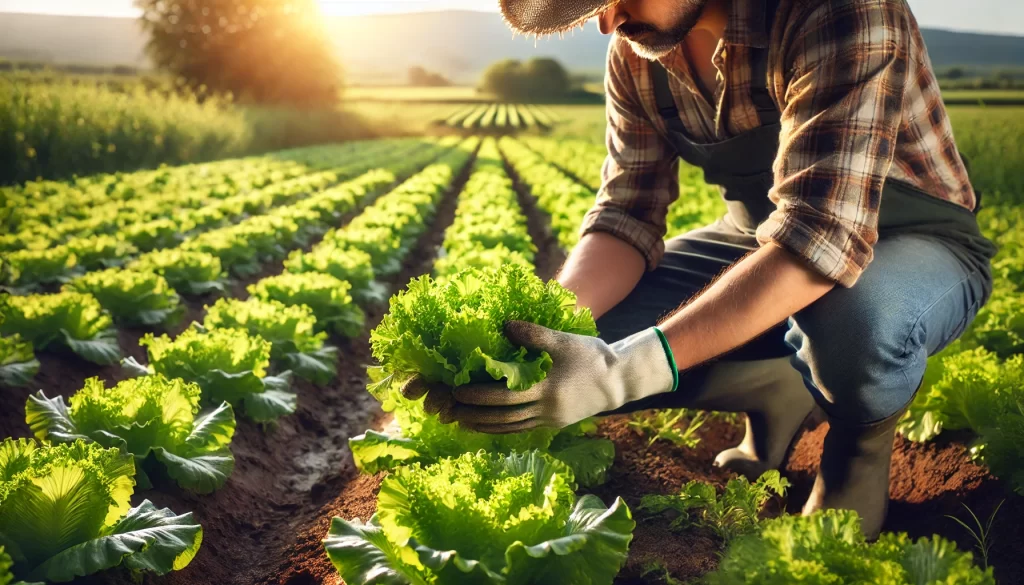
Nutritional Tips for Consumers
Lettuce is low in calories and rich in vitamins A, C, K, and folate, providing benefits such as:
- Hydration and Low Calories: High in water and fiber, ideal for healthy diets.
- Vitamins and Minerals: Contributes to eye health, strengthens the immune system, and improves blood clotting.
Combining lettuce with other vegetables and protein sources creates nutritious and balanced salads.
References
- Bliss, F.A. (2000). Vegetable Crop Production. CABI Publishing.
- Kader, A.A. (2005). Postharvest Technology of Horticultural Crops. University of California Agriculture and Natural Resources.
- Pedigo, L.P., & Rice, M.E. (2009). Entomology and Pest Management. Pearson.
Grow Lush Greens with Sereniseed!
Discover the Certified Organic Green Leaf Lettuce Seed Collection by Sereniseed. This 10-variety pack features Green Towers Romaine, Winter Density, Dark Lolla Rossa, Black Seeded Simpson, and more, perfect for fresh salads and healthy meals. 100% organic, non-GMO, and includes a handy growing guide.
Buy Now and Start Growing! AgronoBlog – Agriculture Blog
AgronoBlog – Agriculture Blog 